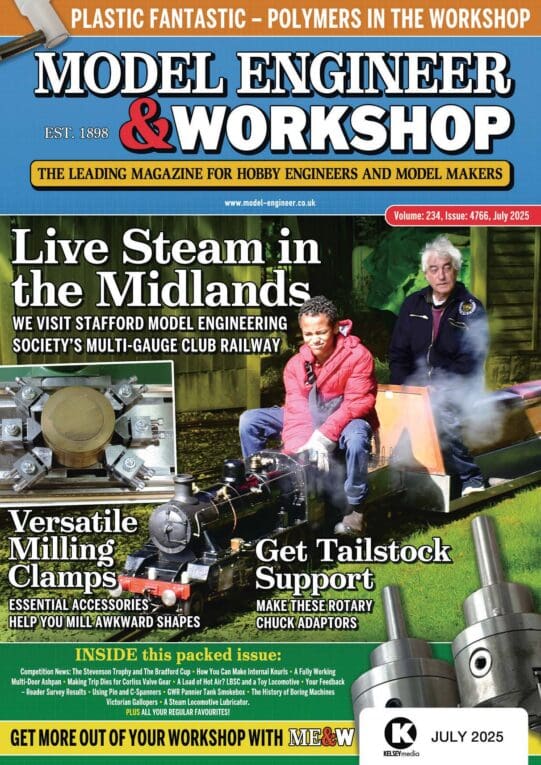Well, in the interests of pragmatic solutions.
- For a typical small workshop, obeying Nigel’s rule, only run one machine at time, then a 13A spur covers most cases. Mostly, not always.
- The amateur electrician has to be very careful to stay small, and not overload the spur by adding lights, electric heaters, several machines, or anything greedy like a welder. Do the maths. Ignorance is not bliss!
- Amateur electrician also has to be honest about his actual rather than perceived competences! Overconfidence based on limited experience can easily result in a bodged fire and safety hazard. Building a TV set in 1970 is a good start, but the experience does not make one a qualified electrician up to date with current regulations and best practice. Beware.
- Robert identifies the rules applying to a permanent installation. The rules don’t apply to temporary arrangements.
- A shed wired with an feed led across the garden to a consumer unit and permanent sockets, a fixed installation, is notifiable. The advantage is it will be safe, reliable, and correctly sized.
- The same shed wired by an extension lead, to which further extensions are plugged in, isn’t an installation, so the owner can do what he likes. Less safe, less reliable, and might be incorrectly sized causing voltage drop, overheating and blown fuses etc. Approach with caution!
- My workshop is a mix: it’s fed by a regulation compliant double socket on a ring, wires inside conduit. The double socket is metal for strength, not plastic, because it might be bashed. The lighting is on a separate circuit, also regulation compliant. But, the several machines I own are run from switched 4-way extension leads, each individually fused. As these aren’t notifiable, it’s my job to make sure the arrangement is safe and not overloaded. For example, I’ve arranged it such that my mill and lathe cannot both be switched on at the same time: they both have a 13A plug, and there’s only one 13A socket in reach. On the bench 10 sockets are available for light loads, but they are all temporary extensions.
UK electrical regulations are a response to a long catalogue of accidents caused by badly installed and operated electrics, not Health and Safety gone mad! When judging the risks “common sense” and individual experience are low value compared with the statistics. They show fires are more common than electrocutions, killing people by smoke inhalation rather than zapping them. As a badly done permanent installation in a workshop risks burning the house down, the rules apply, and wise owners should do a proper job. But the risk can also managed by unplugging an extension lead. OK unless you is forgetful or irresponsible.
In the UK, bad DIY electrical work done by home-owners isn’t policed. If an electrician finds a house full of non-compliant foolishness, he’s unlikely to shut it down. The pain comes if the house burns down and the insurer refuses to pay. And when it’s time to sell the house, purchasers are likely to have the electrics surveyed, and a non-compliant installation takes many thousands off the value. Change of ownership might cause the supplier to install a new meter, when he becomes aware the wiring is unsafe and refuses to provide. No problem if the clown who messed up is deceased, but a serious worry if he’s selling up to move into a bungalow, or care home, or wants to go on a world cruise!
Somewhere on youtube there’s an interesting video of an electrician exploring a home heavily rewired by an ex-works electrician. He finds rats nest that ignores all the guidelines. Turns out the ex-works “electrician” was an installer, working to plans prepared by a qualified supervisor, not fully qualified himself. His misplaced confidence came from knowing the practical side, but he didn’t understand the rules, or why they mattered, or that he’d done anything wrong. Until it was explained…
I sometimes bruise egos by pointing out that our experience and skills may not be up to the job! No offence intended, the reality is that none of us are perfect. Whilst confidence is a virtue, over-confidence is a sin. Avoiding problems by having a little think is surely better than crashing on regardless. Ask is this dumb, different or dangerous? Then proceed.
Dave
noel shelley.




